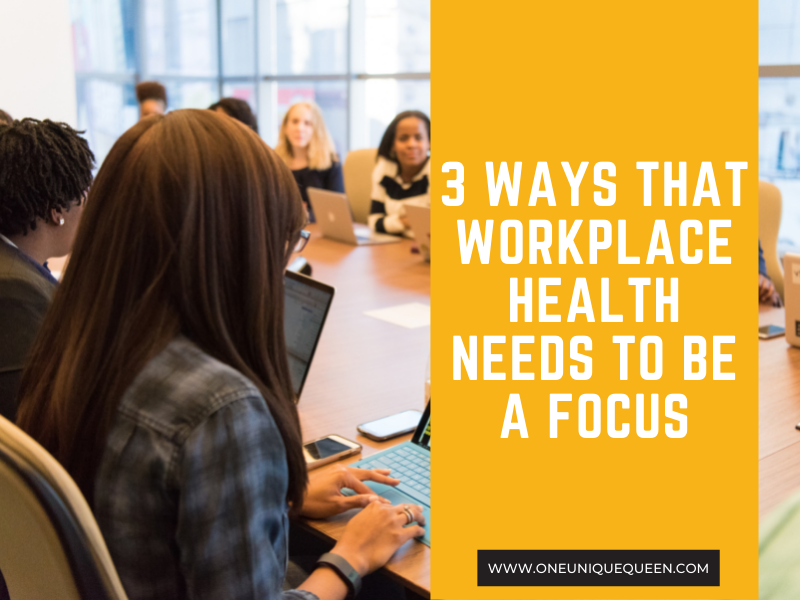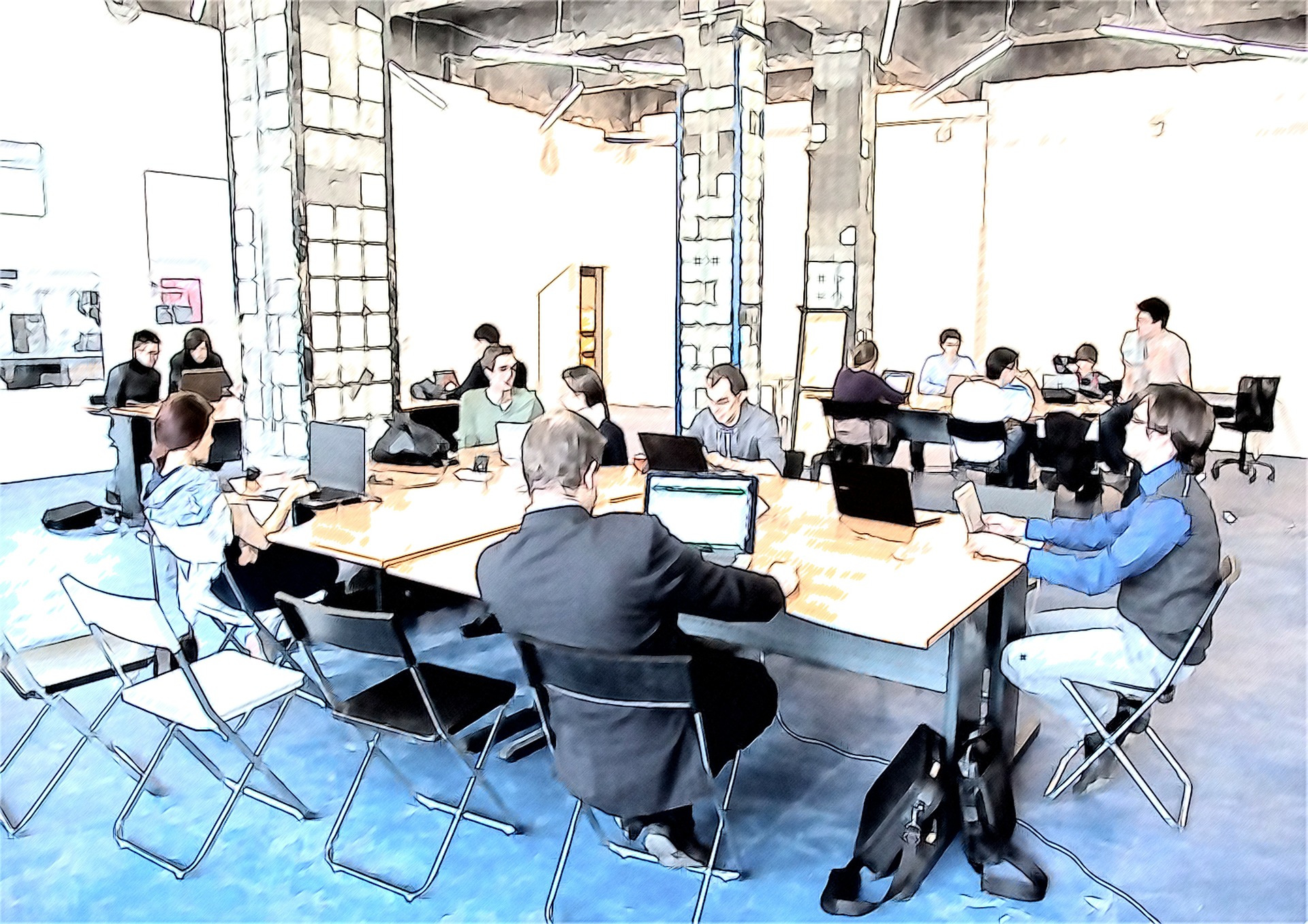


Making a business work is a full time job, and can often involve putting in enough hours to do several full time jobs all at once. When you have the responsibility of running a successful business, there will be certain things that take priority as a matter of course. These include staying on top of the numbers, meeting deadlines and enhancing your sales pitch. But perhaps more important than any of this is ensuring you have a workforce that can enable all of the above.
It’s challenging to recruit the right people, and getting the right balance can take a lot of trial and error. So once you have done that, it is also essential to make sure that you can retain the best workforce, and a key aspect of doing this is to ensure that people do their jobs in a healthy work space. Below, we look at three different kinds of workplace health concern, and underline the importance of maintaining best practices in all of those categories.

Looking after the bodily health of your key workers
Niggling injuries sound, by their very nature, as though they aren’t much to worry about. But replace the word “niggling” with “chronic”, which is essentially a synonym, and you can begin to see what needs to be avoided. Workers can sustain an injury due to unsafe work practices or due to not having the ideal equipment. From those who lose hearing due to excess noise, to those whose musculoskeletal health would benefit from an exoskeleton suit for lifting heavy equipment, consider what sort of gear will help your workers do their jobs in comfort and confidence. Some expense incurred on this equipment will save much more later.
Considering anti-infection protocol in the age of Covid
A lot of the focus in the aftermath of the first wave of Covid-19 went on learning lessons, acknowledging that it was hard to be prepared for something unforeseen like that. But let’s be honest – a lot of workplace rules were unwise even before a global health crisis highlighted them. Now we know workplace social distancing, PPE and deep cleaning are a good idea, but it should never have been the case that people felt pressured to come into work when they were ill and potentially infectious. Potentially someone with a cold can keep working, but they should never again feel the need to do it from the office, where they can spread the infection, and where the stress of commuting will slow their own recovery.
Workplace mental health considerations
The beginnings of a conversation about how work affects mental health – and vice versa – are just starting to be had, but let’s be clear. For people who work, and particularly for those who work outside the home, our workplace and our mental health are intrinsically linked. Considerations such as lighting (too much or too little?), space, and the ability to work quietly are all important in aiding a worker’s mental health. So is the culture within the workplace: it is important to avoid cliques, bullying and isolation; this all needs to be factored in when planning out a working space.
Recruiting the best workforce possible is important for a business, but keeping them is even more vital. Knowing how to prioritize workplace health in all of the above areas can save you so much heartache and lost revenue.
What other ways does workplace health needs to be focused? Let me know in the comments below!











COMMENTS MAKE ME HAPPY!